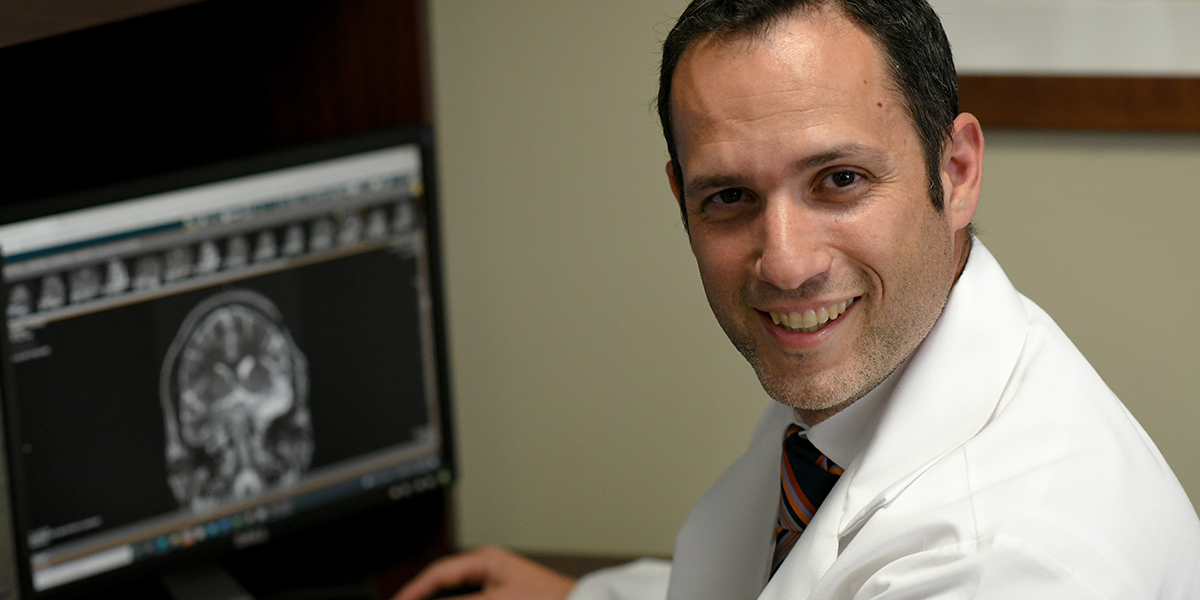Pediatric Epileptologist Selected to Serve on National Board of Experts to Provide Recommendations for Sturge-Weber Syndrome
Recommendations Will Facilitate Coordinated Care for Patients with Rare Condition

Pediatric epileptologist Eric Segal, M.D., was selected to serve on a national board of experts to provide recommendations for the management and treatment of Sturge-Weber syndrome (SWS).
SWS is a rare disorder characterized by the association of a facial birthmark called a port-wine birthmark, neurological abnormalities and eye abnormalities such as glaucoma.
Dr. Segal, a pediatric neurologist and co-director of epilepsy at Joseph M. Sanzari Children’s Hospital at Hackensack University Medical Center, was one of thirteen national peer-recognized experts in neurology, radiology, and ophthalmology with experience treating patients with SWS who gathered to establish clinical recommendations. The group formulated key topics and questions regarding the management and treatment of patients with SWS from a neurology, neuroimaging and ophthalmology standpoint. The group conducted an extensive review of medical literature published from 2008 to 2018, as well as recent studies identified by members of the panel.
The panel made clinical practice recommendations that will help facilitate coordinated care and may improve patient outcomes. The panel of experts indicated that children with a high-risk facial port-wine birthmark (PWB) should be referred to a pediatric neurologist and a pediatric ophthalmologist for baseline evaluation and periodic follow-up. The group recommended that, in newborns and infants with a high-risk PWB and no history of seizures or neurological symptoms, routine screening for brain involvement is not recommended, but brain imaging can be performed in select cases. Routine follow-up neuroimaging is not recommended in children with SWS and stable neurocognitive symptoms. Treatment of ophthalmologic complications, such as glaucoma, was determined to vary based on the age and clinical presentation of each patient.
Learn more about our advancements in pediatric neurology and neurosurgery.
